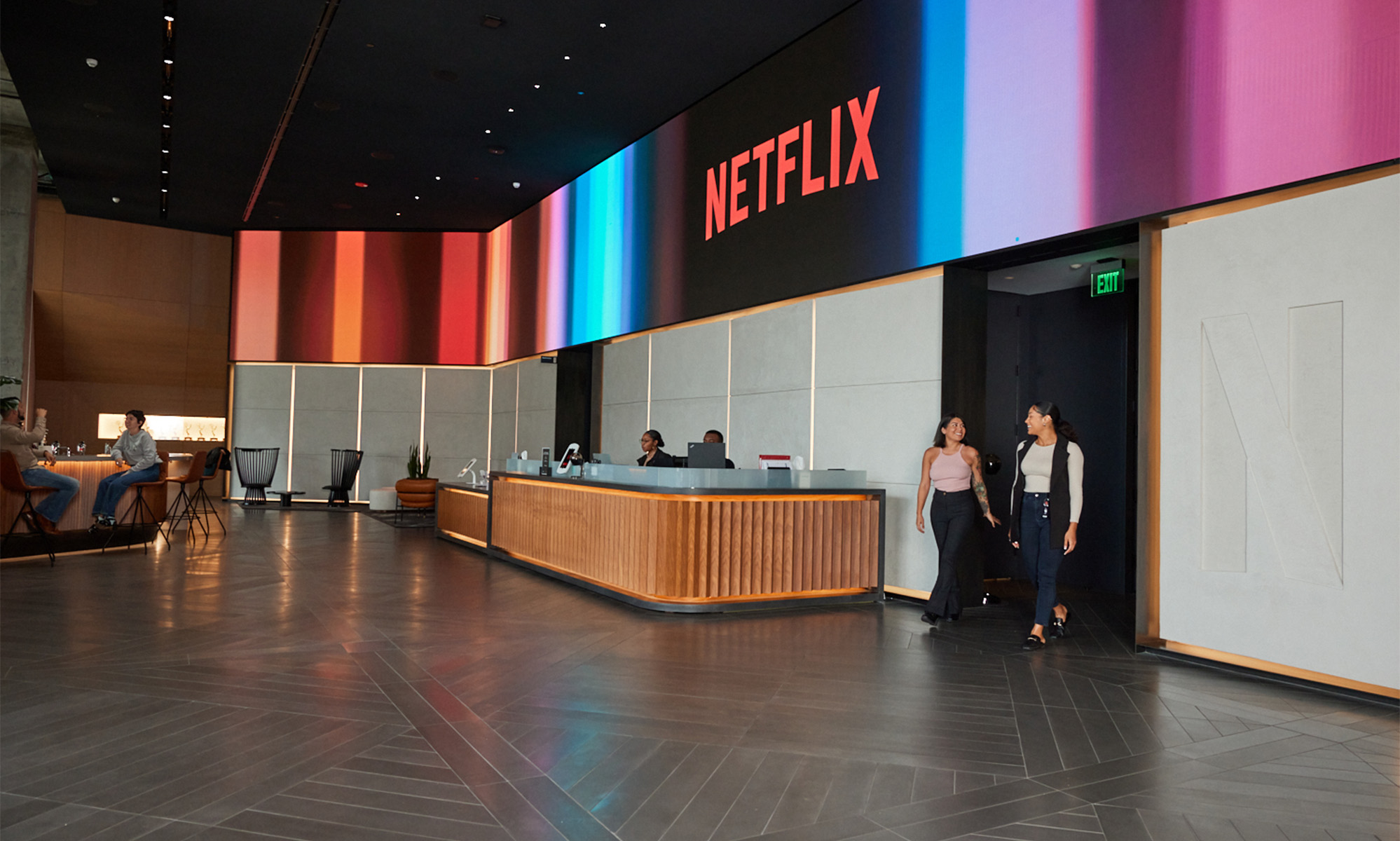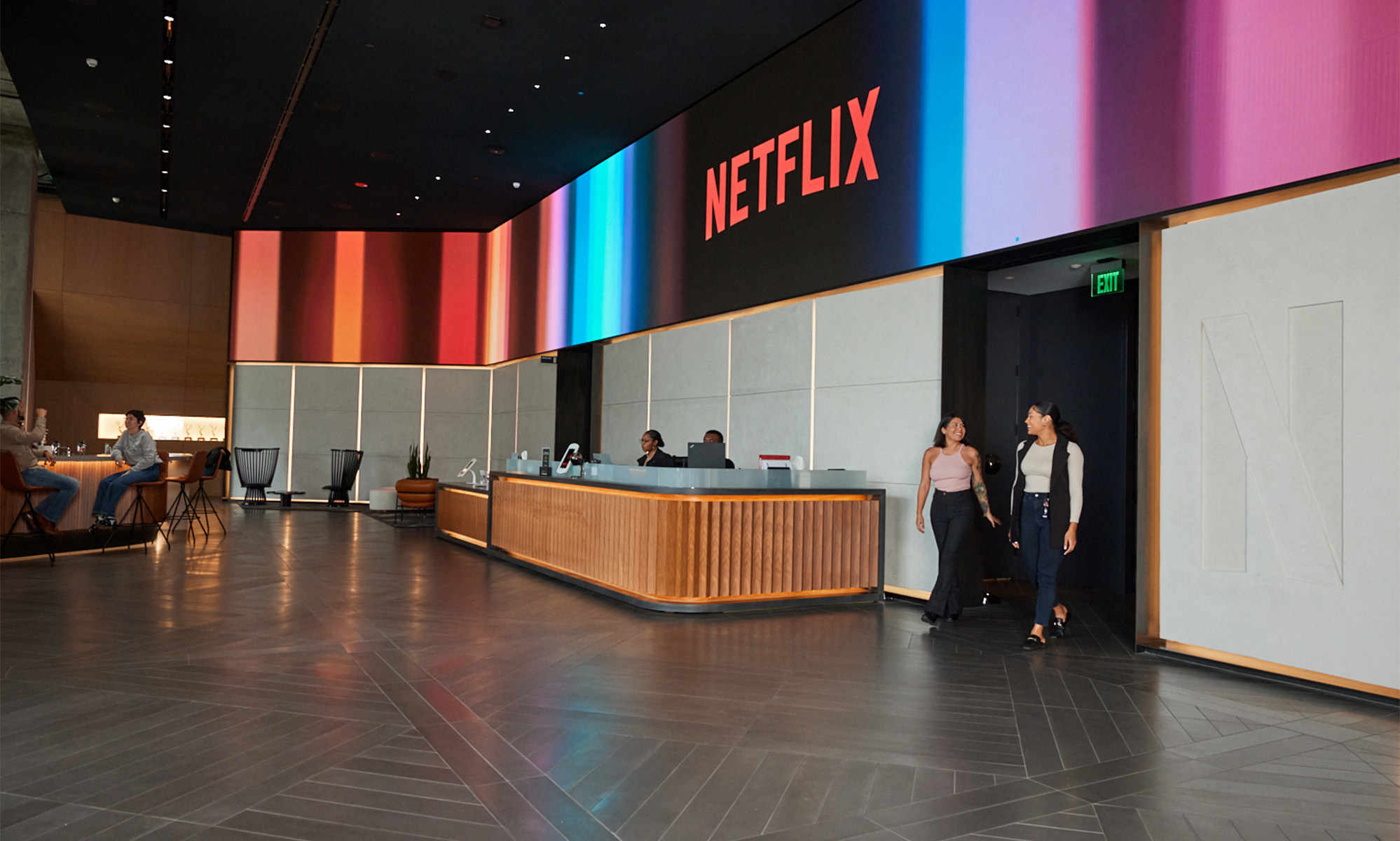Investors in Netflix (NFLX 1.96%) have had plenty to be thankful for. The number of global subscribers hit an all-time first quarter record, adding 7.41 million, growing 50% year over year and blasting past both the company's forecasts and analysts' estimates.
Given that all else follows subscriber additions, the company posted impressive results across a majority of its financial metrics for the most recent quarter, with revenue that grew 40% year over year, while net income jumped 63% compared to the prior year quarter. These financial results, coupled with growing analyst enthusiasm have driven Netflix stock to record heights, up over 100% so far this year.
As impressive as its financial results may be, several recent studies have provided insight into the company's growing subscriber base, and one common denominator that points to a bright future for Netflix and its investors.

Image source: Getty Images.
Survey says...
Analysts from Cowen & Company, led by John Blackledge, recently conducted a survey of 2,500 adults in the U.S., asking: "Which platforms do you use most often to view video content on TV?" Netflix captured the top spot with 27% of those surveyed, followed by basic cable with 20%, broadcast television with 18%, and YouTube with 11%.
Those results are impressive enough, but drilling down a little further into the data reveals a real gem -- Netflix holds an even more commanding lead with younger viewers. Among respondents between the ages of 18 and 34, nearly 40% of the younger demographic identified Netflix as their most often used platform, putting it significantly ahead of YouTube's 17%, basic cable's 12.6%, Hulu's 7.6%, and broadcast TV's 7.5%.
The prized demographic
It's important to note that the 18-to-34-year-old demographic is the most coveted. "The perfect customer is one who is young (and has the potential to keep being a customer for decades), hip (so others will follow in his footsteps and also become customers) and always supplied with plenty of money to blow on the latest products and services," according to an article in Time magazine.
Another important consideration is that the young adults who frequent Netflix are passing their love for the streaming platform onto their children, creating the next generation of viewers.
Bernstein analyst Todd Juenger recently came to a similar conclusion. In a note to clients, Juenger concluded that even as Netflix's domestic growth is slowing, the company could still grow its U.S. subscriber base by another 40%. He reasons that younger users subscribe at higher rates than older consumers, and the service will continue attracting the youngest and most tech-savvy viewers.
Over time, this will increase domestic penetration in a market many feared was near saturation. "In 15 years, as younger cohorts age into the older brackets, if they carry the same penetration rates with them, that would result in a naturally expected increase of roughly 23 million Netflix subs," Juenger wrote. "Which, it so happens, would increase the current 57 million U.S. subscribers to 80 million, on its own." Coincidentally, that figure isn't terribly far removed from the top end of Netflix's own forecast that it will eventually have between 60 million and 90 million domestic subscribers.

Image source: Getty Images.
A worldwide phenomenon
This isn't just limited to the U.S. The British Broadcasting Corporation, commonly known as the BBC, revealed that young people between the ages of 16 and 24 in the U.K. spend more time watching Netflix than all 11 BBC broadcast channels combined, even when including its iPlayer streaming service in the calculation.
With much of the world yet to conquer, appealing to the youngest demographic and staying with them as they age could keep Netflix subscriber rates growing for decades.






